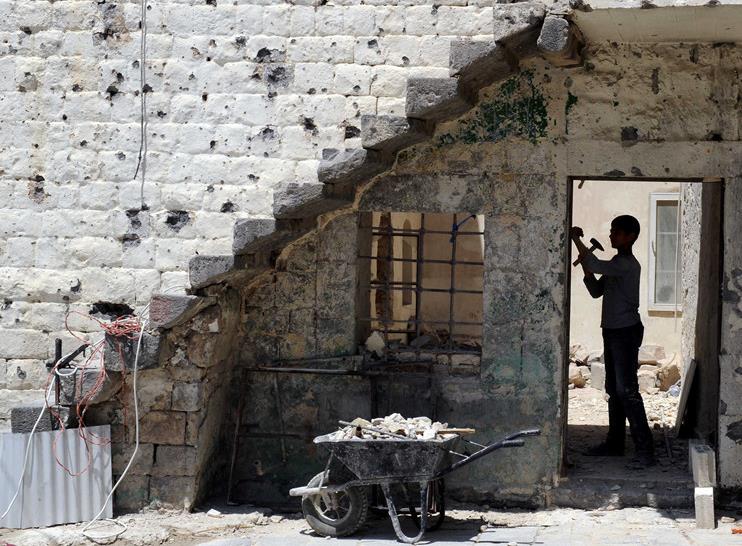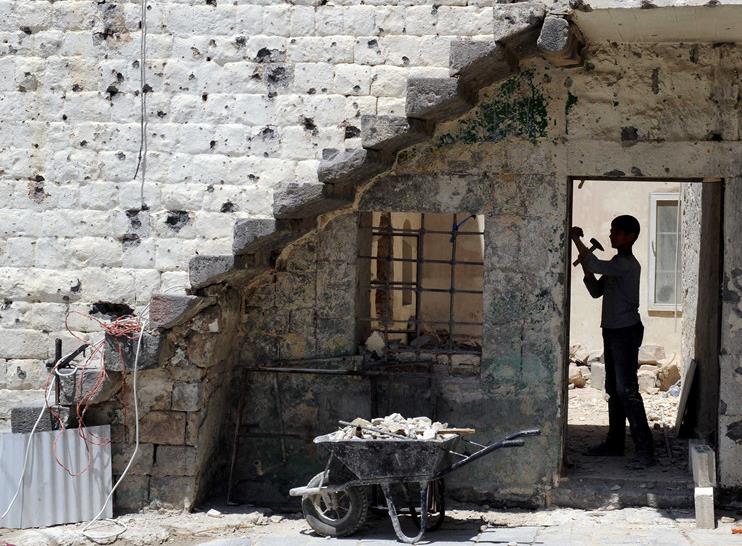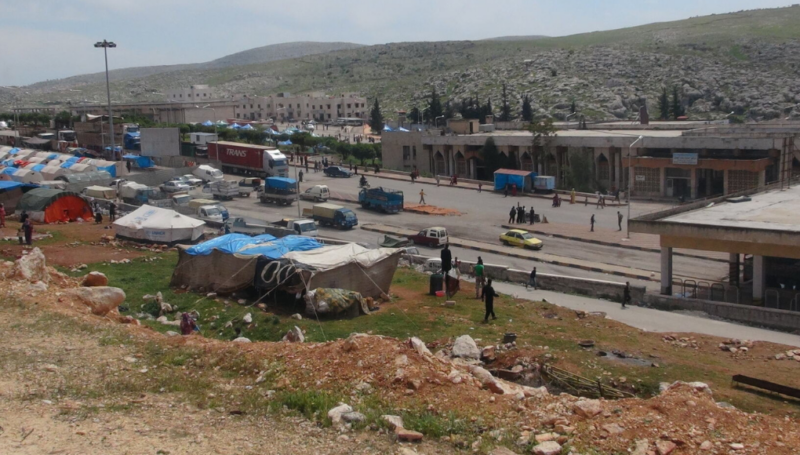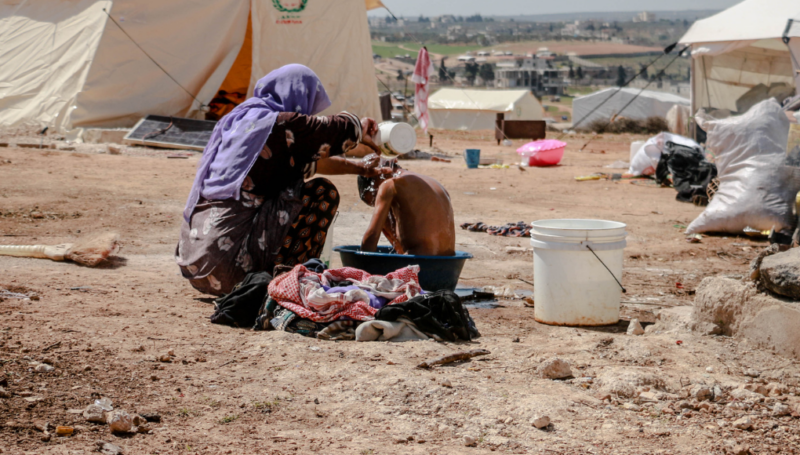As the Syrian conflict enters its seventh year, protracted displacement and the escalation of conflict across the country have dramatically reduced the availability of safe and adequate shelter. The aggravation of security conditions and the scarcity of livelihood opportunities, similarly, have considerably shrunk households’ capability to access even the most basic non-food items (NFIs). In order to implement a sound, evidence-based response to address such needs, it is crucial to understand how conditions and needs differ across geographical areas and population groups and to fill existing information gaps regarding shelter and NFI needs.
REACH, in partnership with the Shelter/NFI Cluster and UNHCR, has addressed such information gaps by conducting the first extensive assessment of shelter and non-food item situation across 8 governorates in Northern and Southern Syria. Using a mixed-methodology approach combining household-level surveys, key-informant interviews, and focus group discussions, findings provide humanitarian actors with in-depth information to implement sectorial programming, detailing about shelter adequacy and damage levels, available humanitarian support, and households’ access to non-food items.
Assessment findings make it evident that availability of both safe shelter and non-food items is geographically clustered and varies according to the intensity of conflict. All areas assessed have been affected by conflict to different extents, leading to varying degrees of damage to shelter and infrastructure, as well as to market functionality and access. Shelter damage and adequacy issues have thus resulted to be more severe in Homs, Aleppo, and Dar’a governorates. Shelter issues are also more severely affecting low-income and IDP households, generating high mobility and multiple displacement. The ability to repair or upgrade shelter is in fact reduced for households that cannot afford the high cost of professionals or shelter materials for self-repairs, while the intensity of shelling discourages people from investing time and resources, even when these are available. In particular, collected data shows how IDPs are highly reliant on squatting and charity, while living in vulnerable shelter types, such as unfinished buildings and collective centres. Conversely, non-displaced populations widely own properties, although this does not imply that shelter is structurally safer or more adequate.
The lack of access to non-food items follows the same patterns and is generally widespread, due to a combined interaction of different factors, notably lack of access to markets – which frequently cease functioning at times of conflict – limited availability and high prices of such items. Fuel and winter NFIs are by far the most needed items, while electricity is more commonly available, although only a few hours per day.
Access detailed findings from Syria Shelter and NFI Assessment at the following links:
- Report: http://bit.ly/2qazg1p
- Executive Summary: http://bit.ly/2pe6pd8
- Factsheets: http://bit.ly/2oWP6Qs










